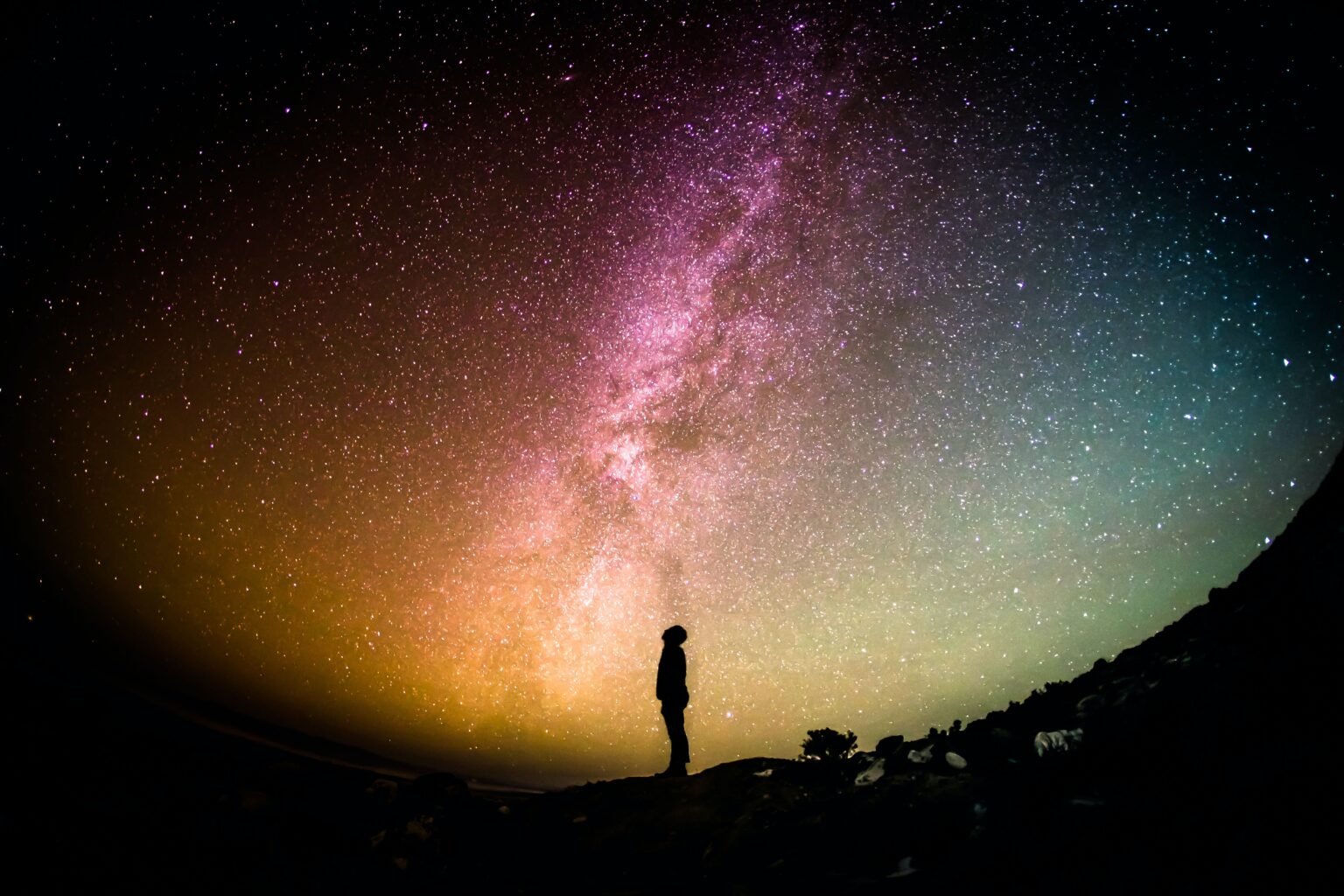
Gaze at the Stars at these Top 8 London Locations
Seeing thousands of stars above you seems like a rare pleasure, especially in London’s extremely light-polluted sky. But don’t be fooled by this; despite their close proximity to the City, there are a few areas dark enough to gaze at the stars.
The stargazing report from Essential Living scoured London in search of the greatest dark sky sites for that perfect stargazing excursion.
The Royal Observatory
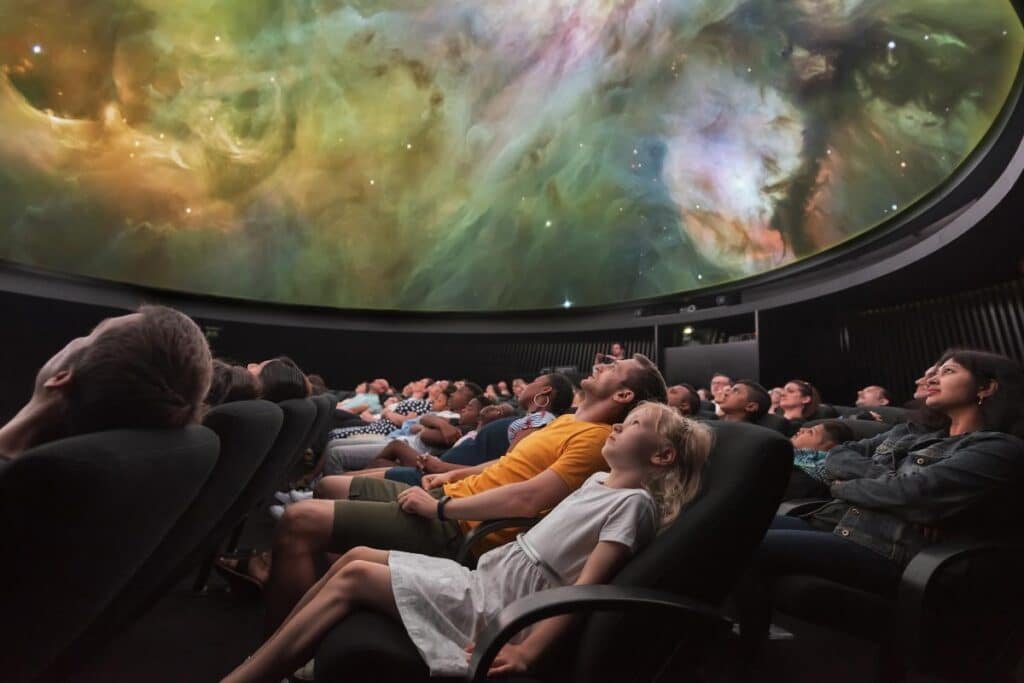
The Royal Observatory in Greenwich, a must-see London attraction for any stargazer, has a rich history and is possibly the most renowned observatory in the world – and it’s scheduled to reopen following restoration this March!
See all of the constellations from the observatory’s massive, high-tech telescope’s panoramic view of the sky. Explore the planetarium’s cutting-edge technology and a gallery of the world’s best astronomers, all of whom have made major contributions to science.
They host activities for families, first-time stargazers, and individuals who want to learn more about astronomy or improve their astrophotography abilities.
Morden Hall Park
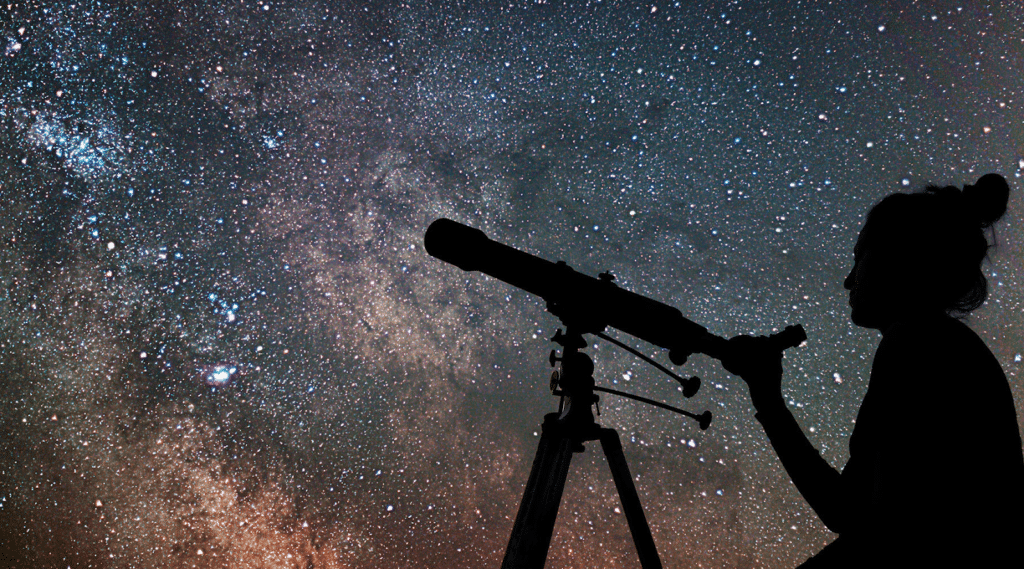
One of London’s largest meadows can be found in Mordern Hall Park. The meadow’s magnificent sky is placed above its 123 acres, far and broad enough to escape the city’s intense glow.
The old deer park’s distant position helps to block out any nearby light pollution, making it an excellent area for seeing the Milky Way. It’s a great way to blow off steam, get away from the masses, and reconnect with yourself. You could catch a glimpse of the twinkling stars reflected in its twisting canals.
Regents Park
Light pollution is the nightmare of all stargazing Londoners, but Regent’s Park is the ideal location to get away from the worst of the city’s glaring lights. Away from the city centre, the open vista offers low light pollution and views of the Milky Way and galaxies.
You can see every planet in our solar system and glimmers as far away as the Whirlpool Galaxy in deep space on a clear night. So take a drink at The Hub café and gaze up to the darkest of sky, where the stars will enchant and enthral you. You could even catch a glimpse of a shooting star.
Crayford Manor House

Crayford Manor House Astronomical Society, a small astronomical society in London, hosts monthly programmes to expose amateur sky-searchers to the realm of astronomy.
Expect to view up to 2,000 stars, with the Milky Way, planets, and meteors visible on a bright lunar night while the society walks you through the constellations. When the activity and weather are appropriate, you could even see the Northern Lights, as well as the International Space Station flying by at 17,000 mph.
Hampstead Observatory
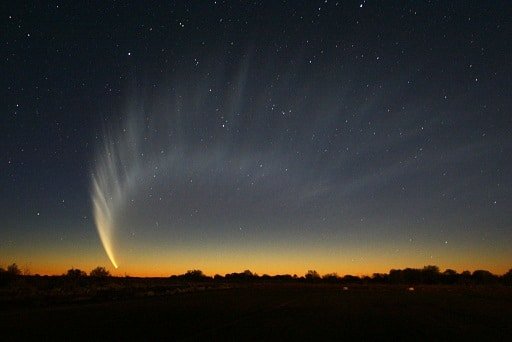
The starry little secret of London city core is found at the summit of Northumberland’s Summit Lodge. For nearly a century, London’s astronomy study has been centred at Hampstead Observatory.
The Observatory frequently invites members of the public for a unique view of London skies via a beautiful refracting telescope, allowing you to see the most heavenly constellations.
Woldingham Viewpoint Car Park
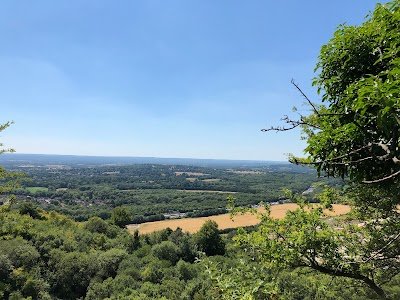
Get away from the bright lights of London with this car park, which is just inside the M25, next to Marden Park Nature Reserve, and is one of the most ‘Instagrammable’ parking lots you’ll ever see!
This vantage point offers some heavenly views to the south, away from the capital’s light pollution. Although an hour’s drive from central London, the Vista is well worth the trip because its secluded position preserves the skies free of light pollution, so be sure to catch the moment!
Primrose Hill

Primrose Hill is one of London’s most famous tourist destinations, with stunning panoramic views of the city. It’s a great place to get away from the city’s crowded streets and near the night sky. Its elevation makes it an excellent spot for observing stars and meteor showers.
The hill’s elevation gets you closer to the heavens and shields you from the city’s light pollution, allowing you to see the stars at their brightest.
London Wetland Centre

The Wetland Centre in London is a refuge for natural animals, waterfowl, and plants. The sky won’t be nearly as black as some of the other sites, but you’ll still get a wonderful view of the lit-up skyscrapers, and on a clear night there’s enough to see across the galaxy – and they even have weddings here!
For the casual astrologist, there are several occurrences during the year where you may easily identify galaxies, planets, and nebulas millions of lightyears distant.

